Minimalism, Maximalism & the Art in between: A study in the Origin of Minimalism
Minimalism does not have to be Artless
Maximalism does not have to be Gaudy
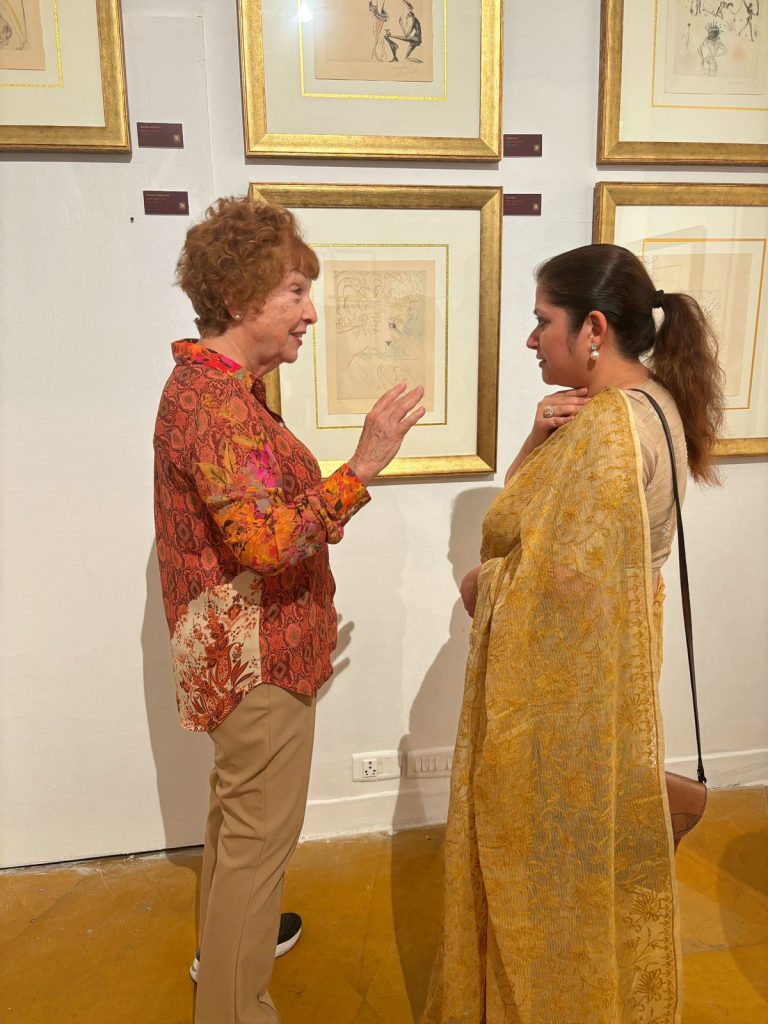
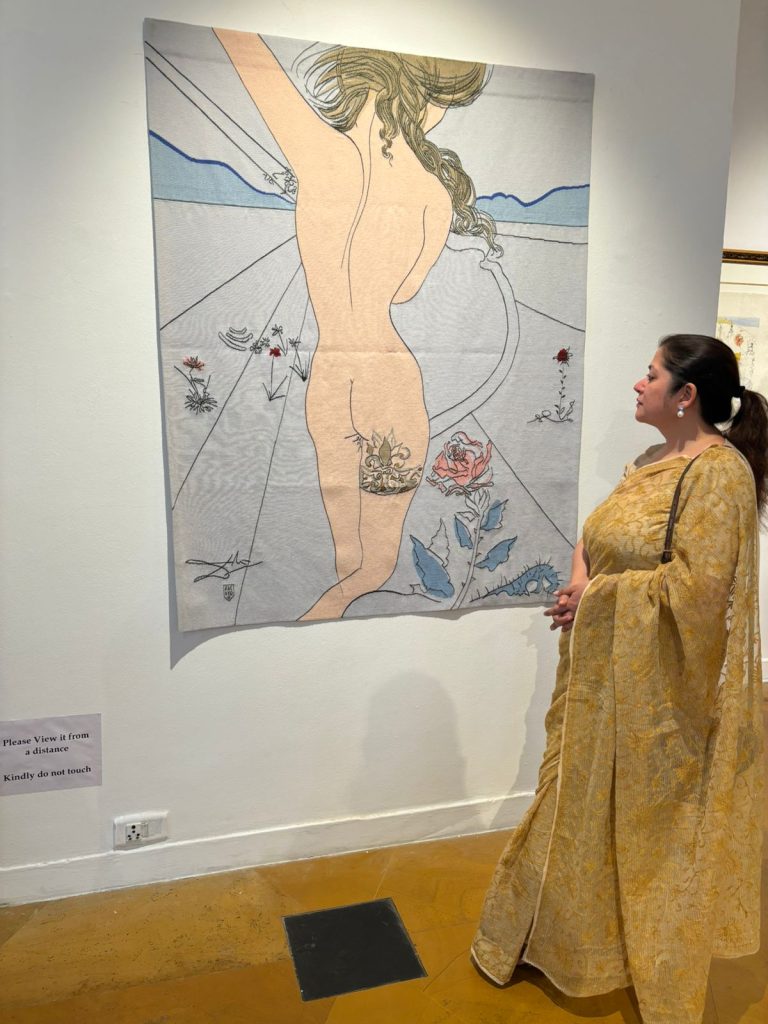
We often hear a term Minimalism being used with respect to, Art, Design, Interiors, even Fashion and Lifestyle, the latter of which use the term to symbolize ‘Less is More’ lifestyle, so much so, that there is a documentary on Netflix that celebrates the frugal choice of living, as a path breaking approach; an answer to the consumerist lifestyle that has been on an overdrive since 1960s (in India, since 1990s).
An overdose of any trend becomes unsustainable eventually. Consumerism overdose gave rise to Minimalism.
The overdose of Minimalism, is now being called out, at least in the areas of Art & Design, to herald a new ‘ism’, Maximalism.

Image :Google
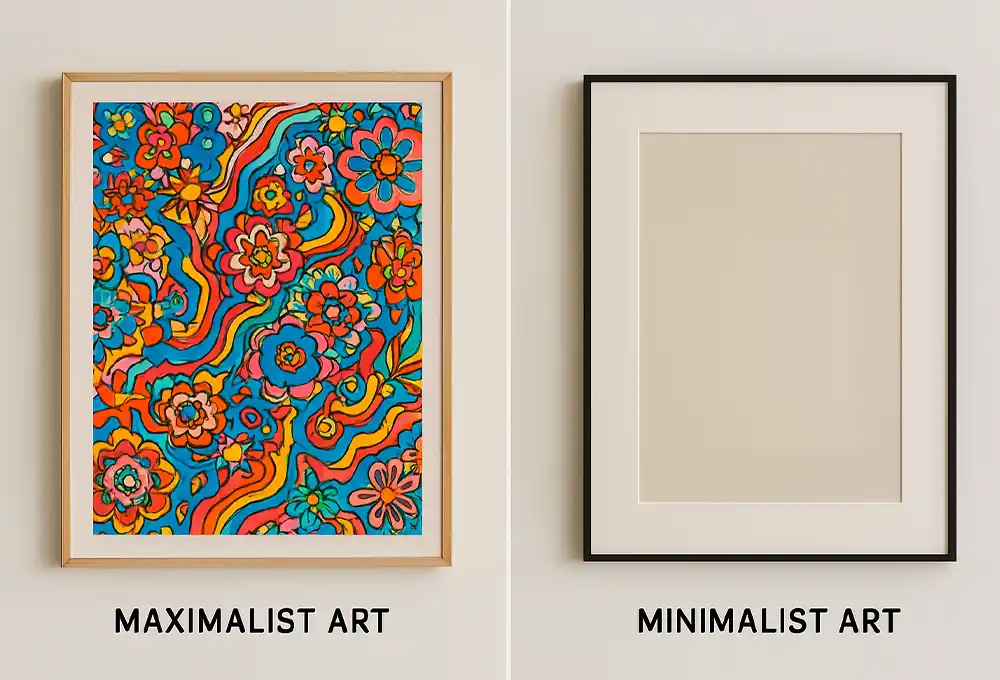
Image: Google
Designers & Artists are announcing that they don’t wish to hold back. They wish to celebrate with Maximalist ideology.
Their creativity, they say, cannot be constrained with the need to become Minimal. They need to unleash the Maximalist inside them.
In Meiraas, we have often used the word Minimalism, or Minimalist palette, to explain our design language, and most importantly to explain how antique Chikankari Craft was supposed to be done, in a market dynamic of past four decades, that has seen hara-kiri in the name of what once was delicate, nuanced, neat and uncluttered.
However, the true meaning of the word Minimalism must be traced to its root or origin of application, before any of us mirror it in our works, lest we make an unfair comparative.
To understand Minimalism (or any ‘ism’) in Art, one has to understand the World of Western Art movement, most notably one around and post War Era.
Art in Western part of the World saw a groundbreaking movement with the Renaissance or Rebirth era, from 15th-16th Century.

Stories of Greek mythology or lores, were used in artworks, heavily inspired from Roman humanitas, into a Humanism that was core of Renaissance movement.
In layman terms, this revolution in Western Art World, created a bridge between classical antiquity to modern era, keeping human and civic life at the centre.
This enabled Ancient Lores to be adapted into messages of Literature, Politics, Science, Architecture, and much more.
It is from this point that Western ‘Artspehere’ literally took a Rebirth.
As time progressed, we heard & loved artworks of various ‘isms’, Classical, Neo classical, Romanticism, Impressionism, Expressionism, Modernism, Nihilism, post Modernism, etc.
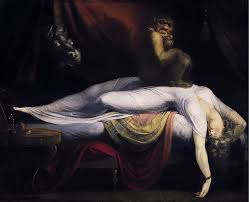

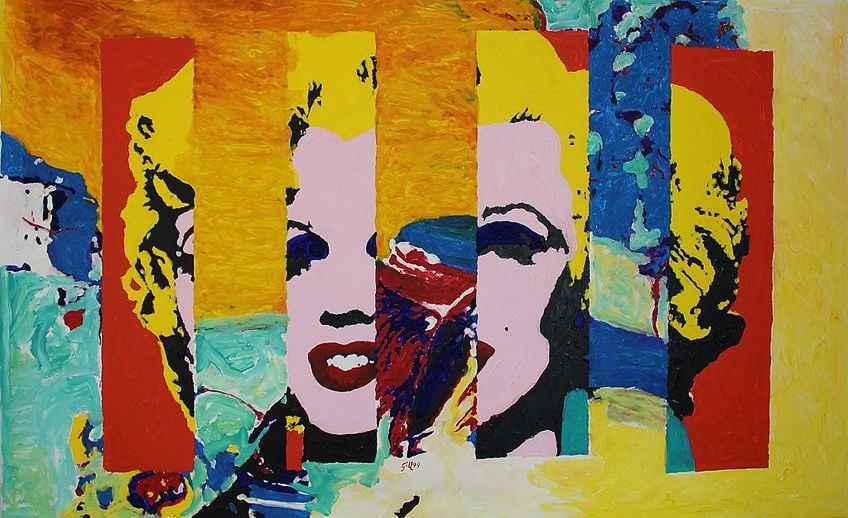


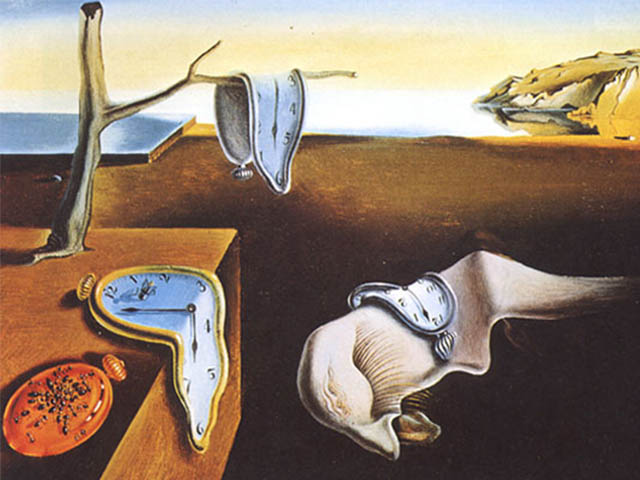
Almost every popular ‘ism’ movement had a counter movement.
This is where Minimalism was born in art. Post 1960S, Minimalism was developed as a counter to Modernism or Modern Art.
Minimalism rejected the idea of Abstract expressionism, to convey the depth of idea in minimal most tools at hand.
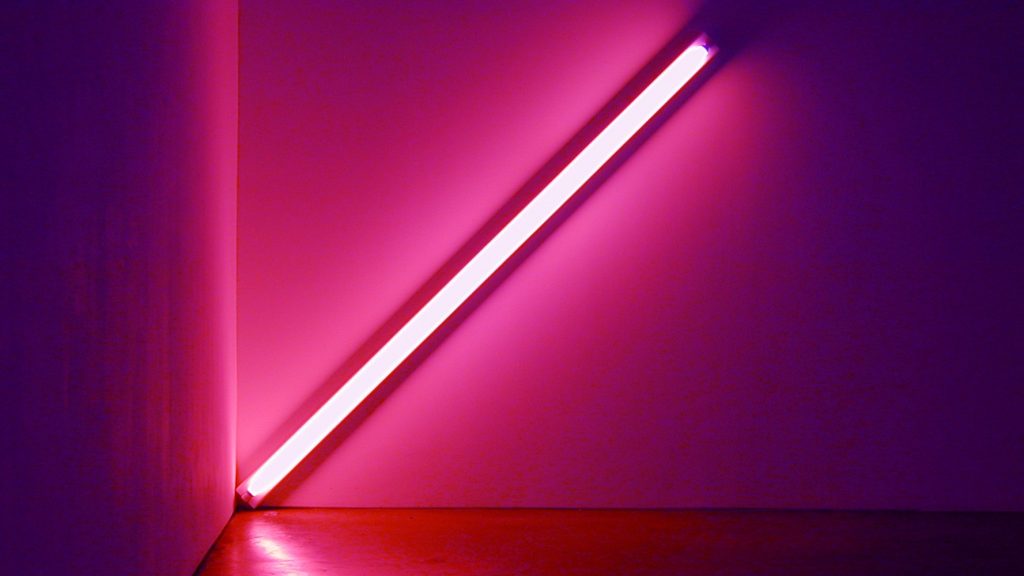
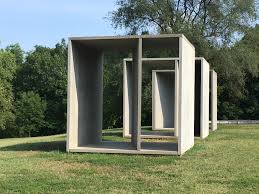
If you have read so far (and thank you for that!), below are some examples of some celebrated Minimalist Artists and their works. You can also Google or Pinterest search their work for pure academic value.



Very soon, and as it often happens, the concept of Minimalism started getting applied to other forms of Art – Interiors, Furniture, Architecture, Fashion & even Lifestyle.

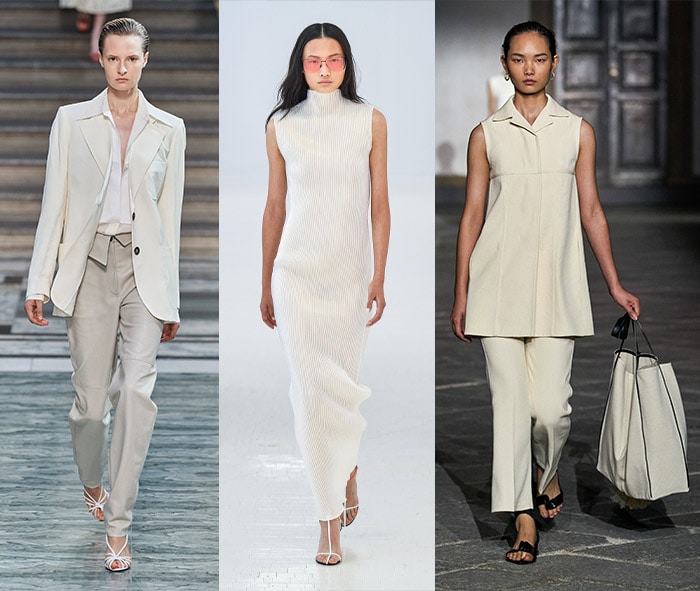
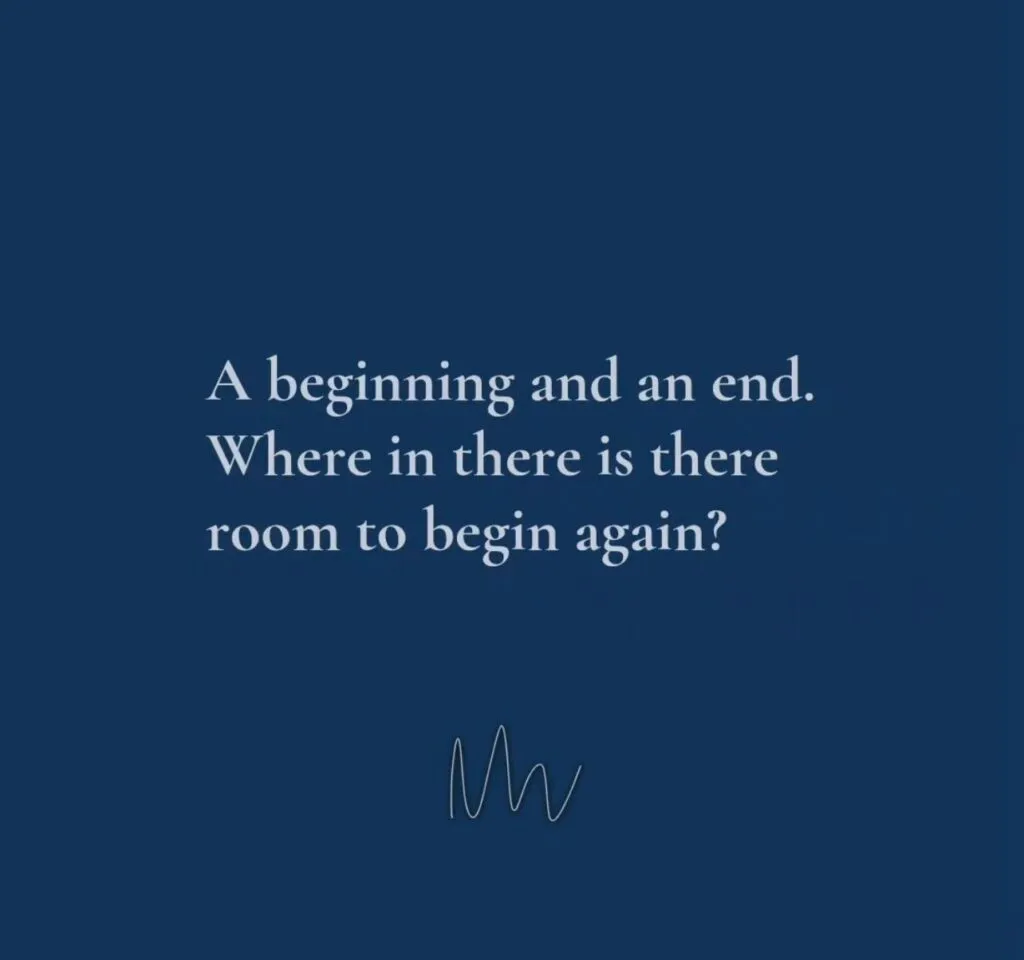
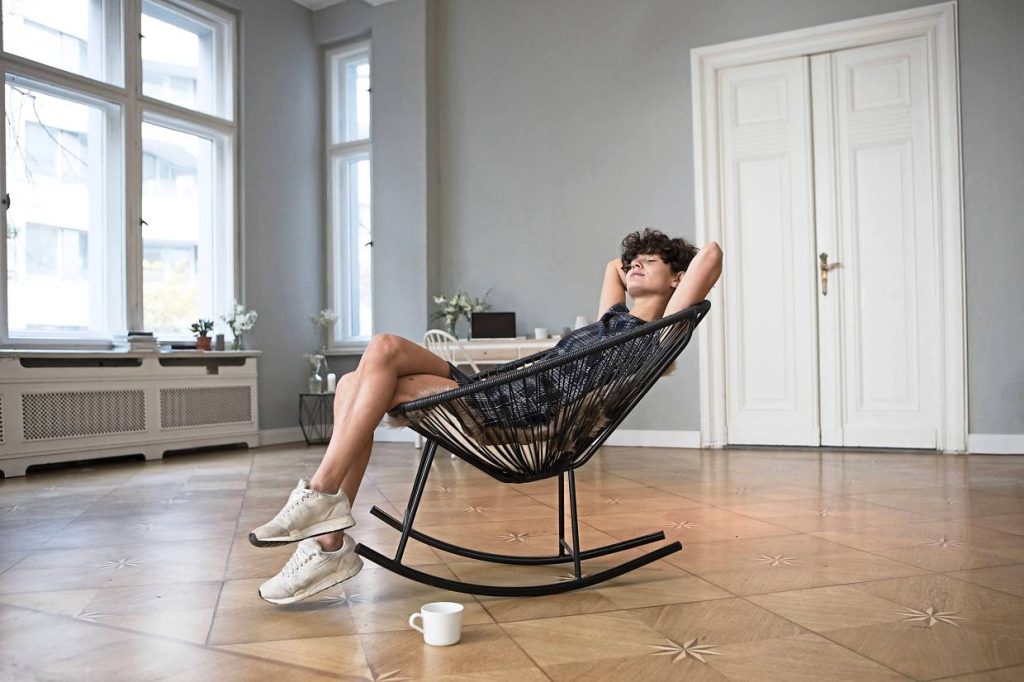
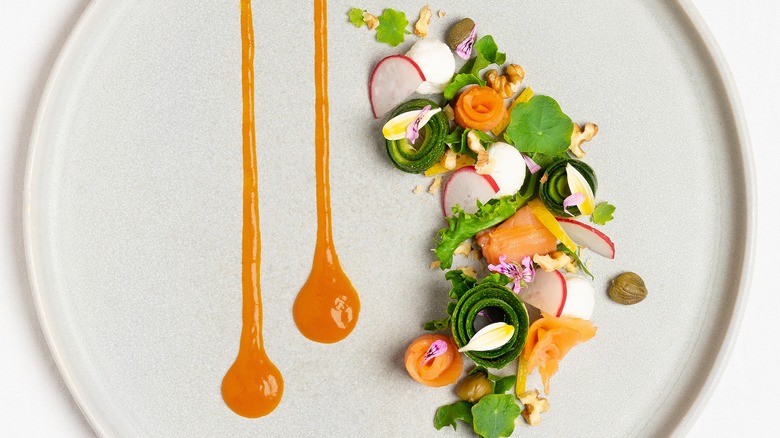

When it was introduced in Art, the idea was to reject the ostentatious presentations of Abstract Art (their thought, not this author’s) to present Artists’ view with clean, clear, uncluttered installations or frames. But why did it get applied to other aspects of Living?
In lieu of making Art more functional, did it make it completely utilitarian, thereby stripping it off the very Art, that was its basis?
For architects, this became convenient. Homogeneity of architecture helps them cut out artistes, in favour of placid and dull structures made by labour posing as masons.

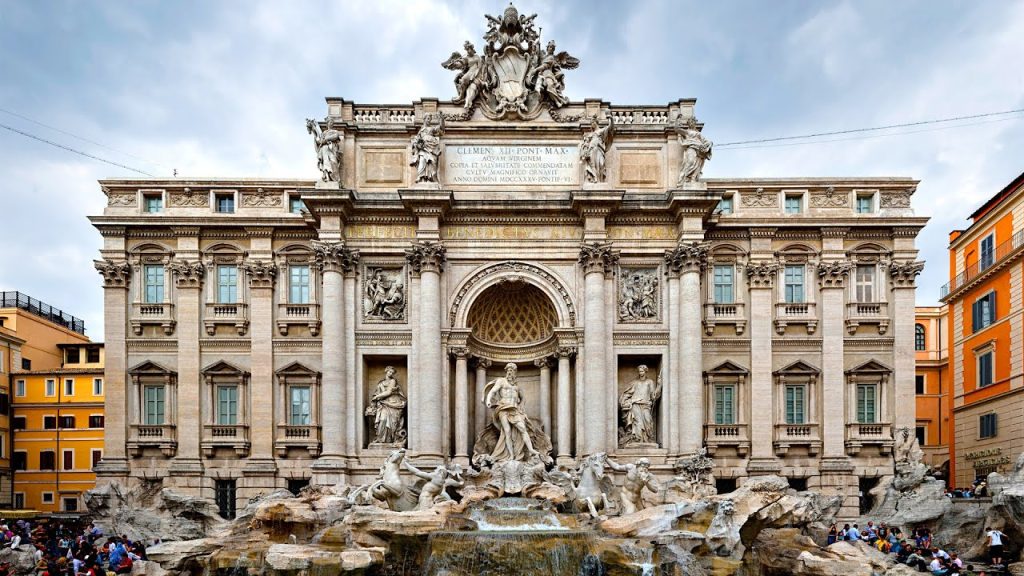
Today, all buildings, whether residential or commercial look the same.
This author, vividly remembers her personal vacation to Bhutan in 2015. Each building, irrespective of a Multi-National Corporation or a local Government body, had to be painted with regional Bhutanese Art and Lores. Their Emperor’s view is that every craft and art needs to sustain, and if anyone has to open an establishment in their country, they have to comply with this rule.


The same cannot be said for most of the World.
Indian Art, that stands in exact juxtaposition to Western Art, is rooted in Bharatiya Darshana (Indian Philosophy). Art here is deeply spiritual and celebrates regional identity, whether on sculpture or on textile.
However, we are also facing the lack of Art, brought in by Minimalism application to facets of life outside the canvas.
Insipid architecture, un inspiring town/city planning, lackluster furnishing, homes that are stuffed with expensive furniture, all of which lack character; homogeneity of thoughts & lifestyle.
Surely Minimalism in Art did not strive for this!
Look at apparel for instance. Minimalism also percolated into Fashion. The same Fashion that was an extension of individual expression (think Madonna in 1980s, or in complete contrast, Maharani Gayatri Devi, all her life), became merely utility based, as more high street brands opened up in Fast moving Fashion, and the Mall Culture took over.

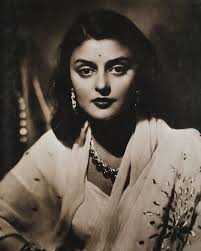

We now have an urban populace, who cannot wear anything but Mall clothes, whether on vacation to an exotic destination, fine dining in shorts Ts and sandals, same shorts and Ts for movies, and same repeat for a Cultural Musical Night at India Habitat Centre or Bharat Mandapam.
Was this the purpose of Minimalism? Laziness?
What developed as a rejection of Abstract, to focus on Clarity, became homogenous, lackluster, artless and utilitarian, when applied to other branches of Art within Lifestyle.



When it comes to Art in Indian Textiles, we must not confuse Minimalism and Maximalism ideas to disturb the language of the Craft.
As designers working with a particular Craft, this is even more imperative, as innovation is certainly an expression of the Designer’s vision, but it cannot tamper with the core philosophy of its Art and Purpose of Development.
In our next blog post, we will take you step by step into the Awadhi Crafts we work with – Chikankari, Mukaish, Zardozi, Aari.
We will endeavor to explain the innate nature of these crafts, some archived works, their representation today and how we are handling their ethos and our innovative motif work, without falling into the extremes of the two ‘isms’ that seem to dominate the Design World for some time now.
- The author of this blog post is the founder of meiraas.com and has been designing Chikankari with unique motif creation for a decade now! She is also an avid Art and Textile Art connoisseur.
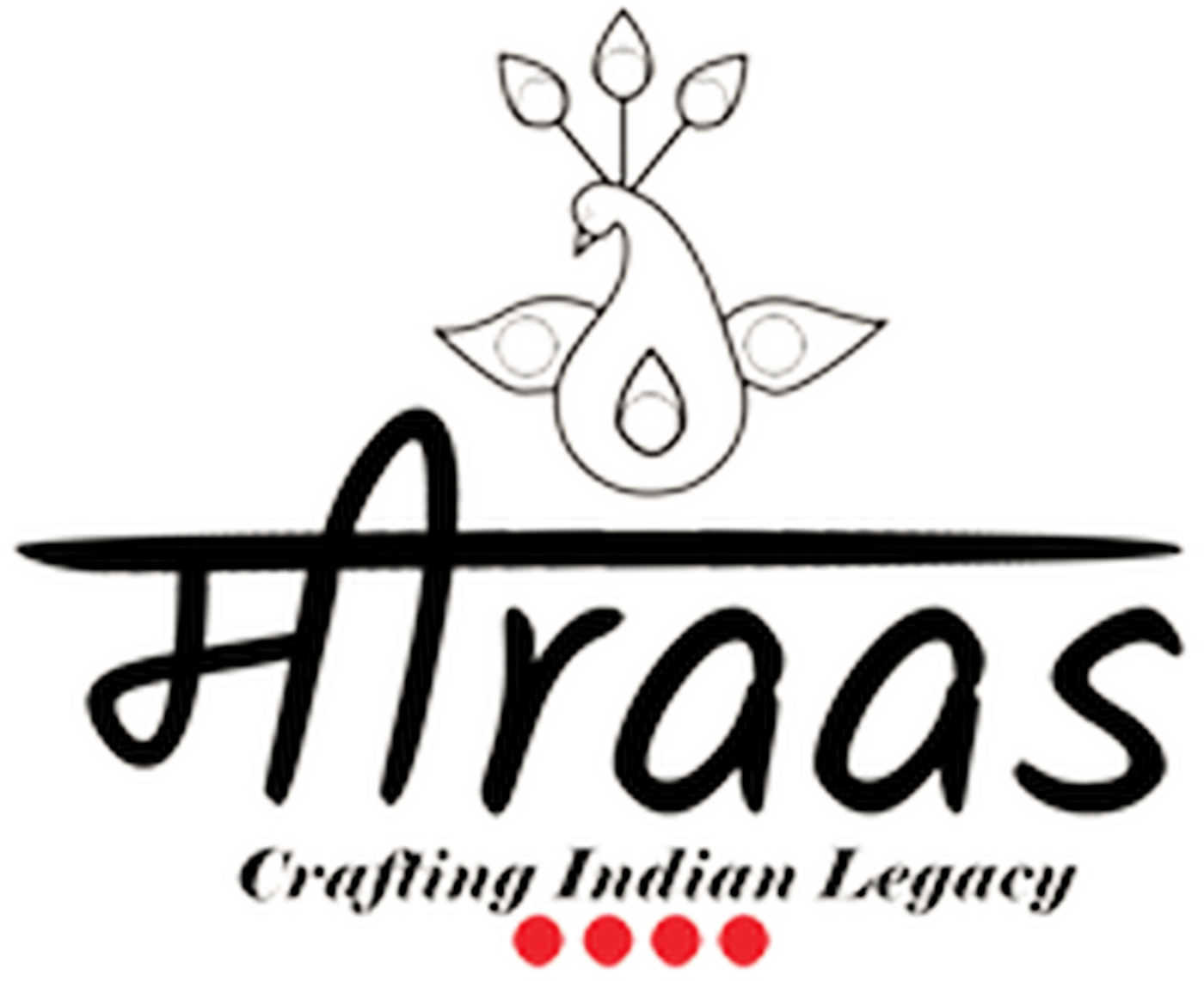

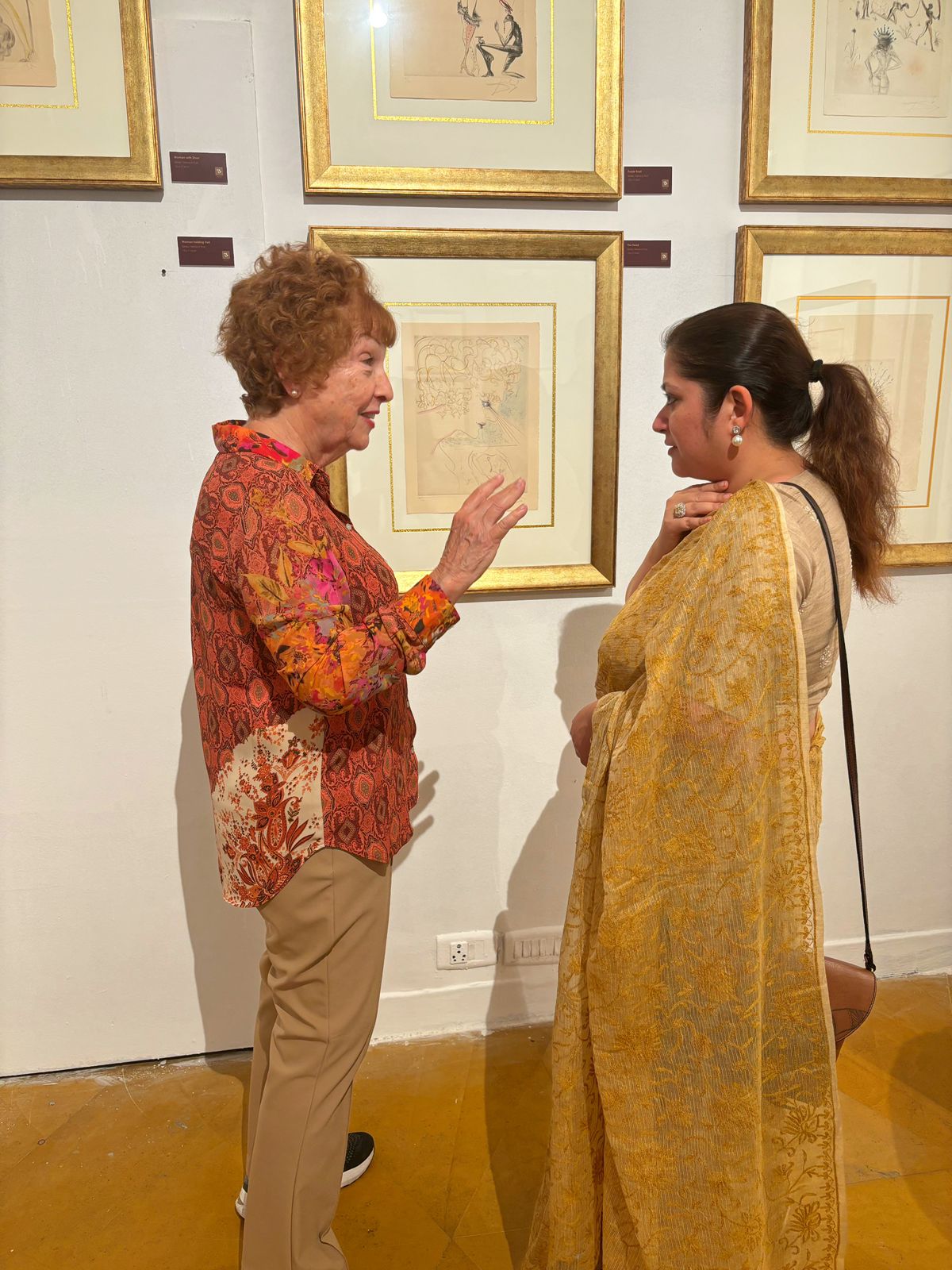


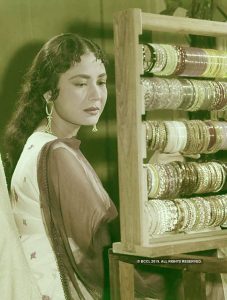
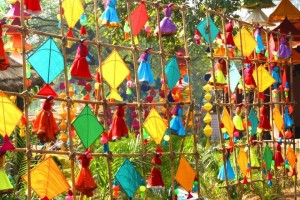

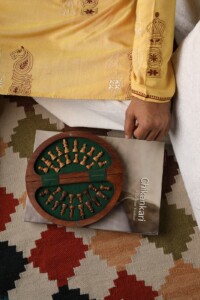
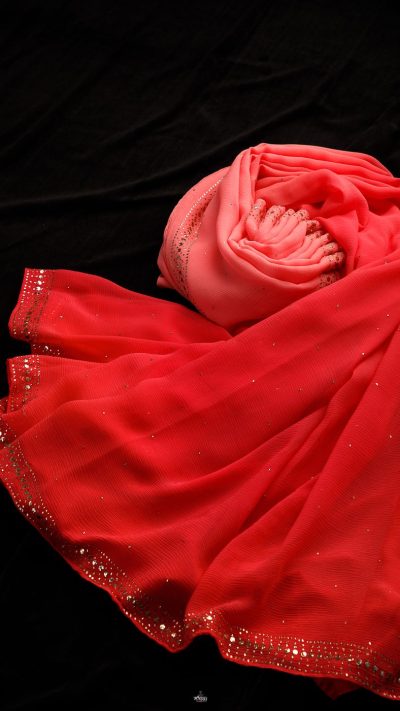
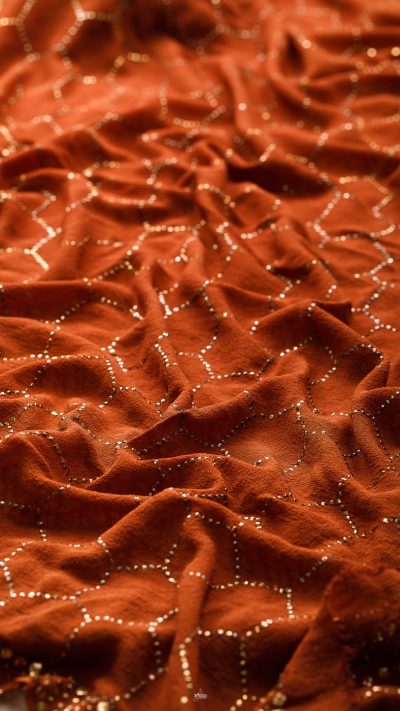
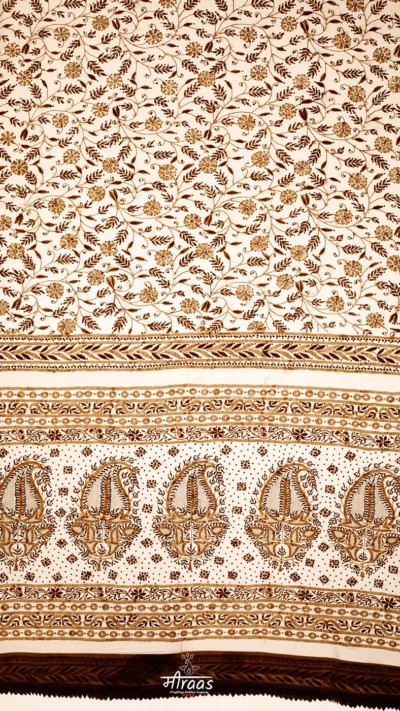
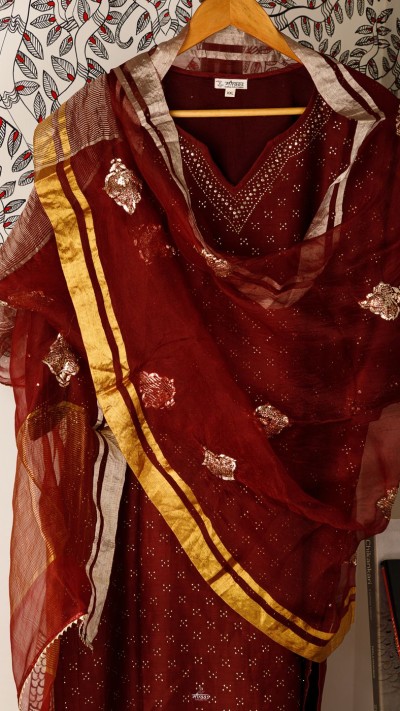


Add comment
You must be logged in to post a comment.